
AsianOverland.net
Tour Guide - Itinerary
Asian Overland Sydney to London
Started 22/06/2022 Finished 21/06/2023365 Days ITINERARY
Day 66 date 26/08/2022CAN THO to HO CHI MINH CITY (SAIGON), VIETNAM
ASIANOVERLAND.NET SYDNEY TO LONDON DAY 66: CAN THO TO HO CHI MINH CITY (SAIGON), VIETNAM
The tunnels at Củ Chi were used by Viet Cong soldiers as hiding places during the Vietnam (American) War, as well as serving as communication and supply routes, hospitals, kitchens, weapon caches and living quarters. The tunnel systems were of great importance to the Viet Cong in their resistance to American forces, and helped defeat the American military.
The 121 km long complex of tunnels at Củ Chi have been preserved by the government of Vietnam, and turned into a war memorial park. This is a compulsory visit if you are anywhere near Saigon. Shooting machine guns and pistols with live ammunition for a dollar a round is optional.
After the tunnels of Củ Chi were observed, the Americans launched numerous major campaigns to search out and destroy the tunnel system, with B-52 bombers dropping 30-ton loads of high explosives onto the region of Củ Chi, turning the lush jungle into a moonscape. In addition, eight thousand American troops combed the region without success.
When American troops found a tunnel, they invariably underestimated its size, and soldiers were not sent in to search the tunnels (until Australian soldiers did so). The tunnels were rigged with explosive booby traps or punji stick pits. The two most common American responses in dealing with a tunnel opening would be to flush the entrance with gas, water or hot tar to force the Viet Cong soldiers into the open, or toss a few grenades down the hole and close the opening. Those approaches proved ineffective, because of the design of 121km of tunnels and the strategic use of trap doors and air filtration systems (which are virtually invisible, even today).
My first impression of Saigon is that there are huge numbers of wounded men, women and children, with amputees missing limbs from mines; and fire wounds from napalm and Agent Orange the most prevalent and obvious. The Vietnam (American) War killed 3 million Vietnamese civilians and soldiers, but far more were severely wounded. Only Smolensk in Russia is as depressing, where the women (no men) were all dressed in black, mourning the loss of 20 million Russian men, husbands, brothers and sons in World War 11.
Second impression of Saigon is the number and density of motorcycles and motor scooters on the road. It’s terrifying to try to walk across a Saigon road observing the motorcycles rushing towards you, so you have to close your eyes, walk straight across the road, and allow the motorcycles to avoid you. A red traffic light facing a Saigon motorcyclist is merely decoration, or perhaps an incentive to ride faster, like a red rag to a bull.
Third impression of Saigon is the wonderful food, with that incredible Vietnamese/French infusion. If you can’t visit Vietnam or a Vietnamese restaurant, buy and use a Vietnamese cookbook (I’ve got Bobby Chin’s) to cook your own Vietnamese food.
Fourth impression is how wonderful and friendly the people are, seemingly bearing no grudges from the 20 year western invasion of their country, and always looking on the bright side of life. Saigon reminded me of my High School teacher, Brian Dowsett (RIP), who asked our class in 1970 why we were fighting the Vietnamese in Vietnam. That question was my first step away from being indoctrinated by overwhelming western propaganda in favour of war, for which I am forever grateful. Since the American War in Vietnam, the same question could have been asked about Afghanistan, Iraq, Syria, Lybia, and numerous other countries.
Ho Chi Minh City, still commonly known as Saigon, is the largest city in Vietnam, surrounds the Saigon River and covers 2,000 km2.
The Funanese, Khmer, and Cham lived in south Vietnam from time immemorial. Over time, the first Vietnamese people crossed the sea from the north, and explored and traded in parts of south Vietnam.
The marriage between Viet Princess Nguyễn Phúc Ngọc Vạn and the King of Cambodia in 1620, created a formal relationship between Vietnam and Cambodia, and the people of the two countries subsequently moved freely back and forth. Since 1620, Vietnamese settlers migrated from the north, to settle in the Saigon region.
The period from 1623 to 1698 saw the formation of Saigon. In 1623, Lord Nguyen sent a mission to ask his son-in-law to set up tax collection stations in Prey Nokor (Saigon). Although this was a deserted jungle area, it was located on the trade routes of Vietnamese and Chinese to Cambodia and Siam. The next two important events were the establishment of the barracks and residence of Vice King Ang Non, and the establishment of a palace at Tan My.
In 1679, Lord Nguyễn Phúc Tần allowed a group of Chinese refugees from the Qing Dynasty to settle in My Tho, Bien Hoa and Saigon to seek refuge. In 1698, Nguyễn Hữu Cảnh, a Vietnamese noble, was sent by sea to establish Vietnamese administrative structures in the area, thereby detaching the area from Cambodia. He is often credited with the expansion of Saigon into a large settlement.
Initially called Gia Dinh, the Vietnamese city became Saigon in the 18th century.
Ceded to France by the 1862 Treaty of Saigon, construction of various French-style buildings began, including a botanical garden, the Norodom Palace, Hotel Continental, Notre-Dame Cathedral, and Bến Thành Market. During the French colonial era, Saigon became known as "Pearl of the Orient" or "Paris of the Extreme Orient". It still is.
© This work is copyright. Apart from any use permitted under the Copyright Act 1968, no part may be reproduced by any process, nor may any other exclusive right be exercised, without the permission of Peter Searle, peter@portseavillageresort.com; 1980-2024.
Website built by Justin O’Dea www.webdeveloperdocklands.com.au
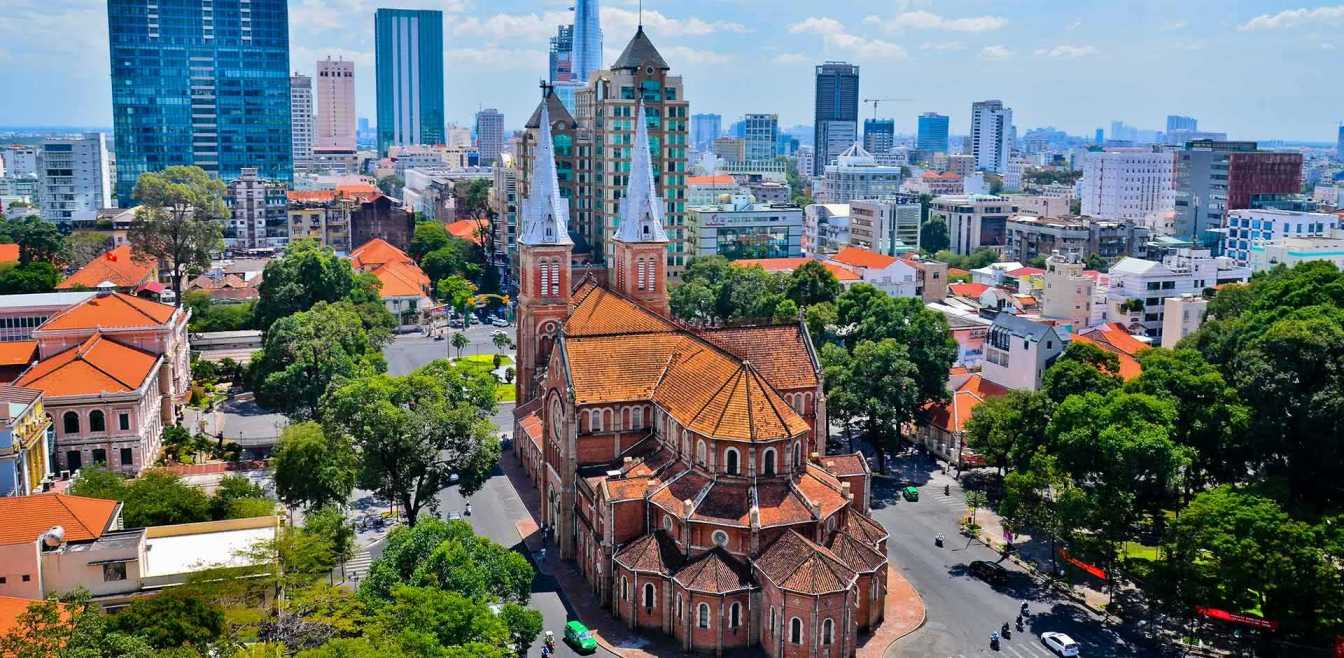



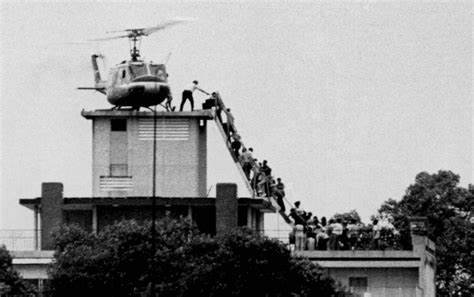
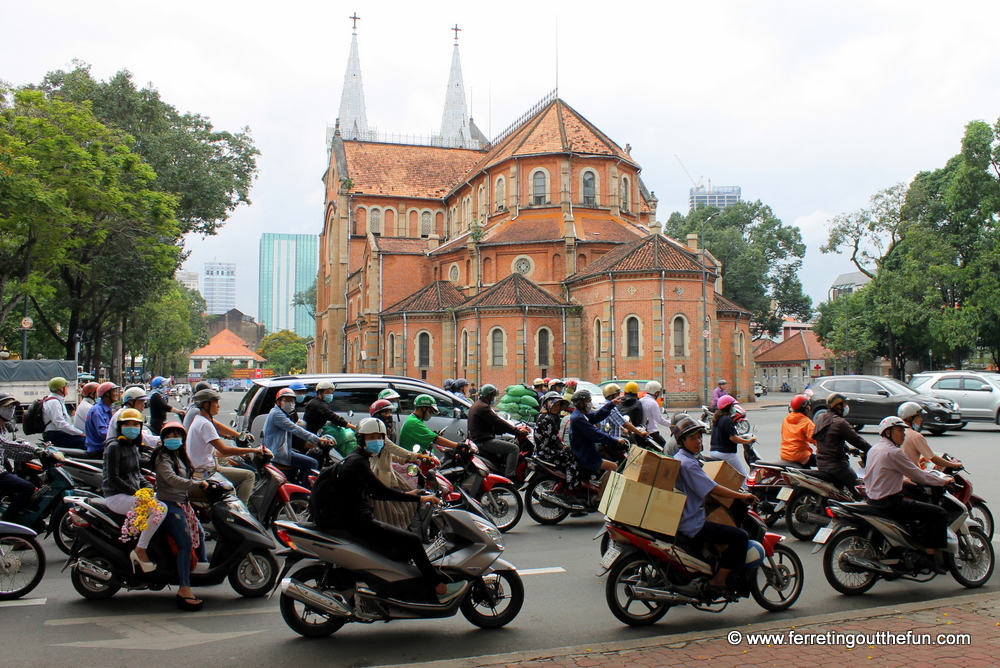

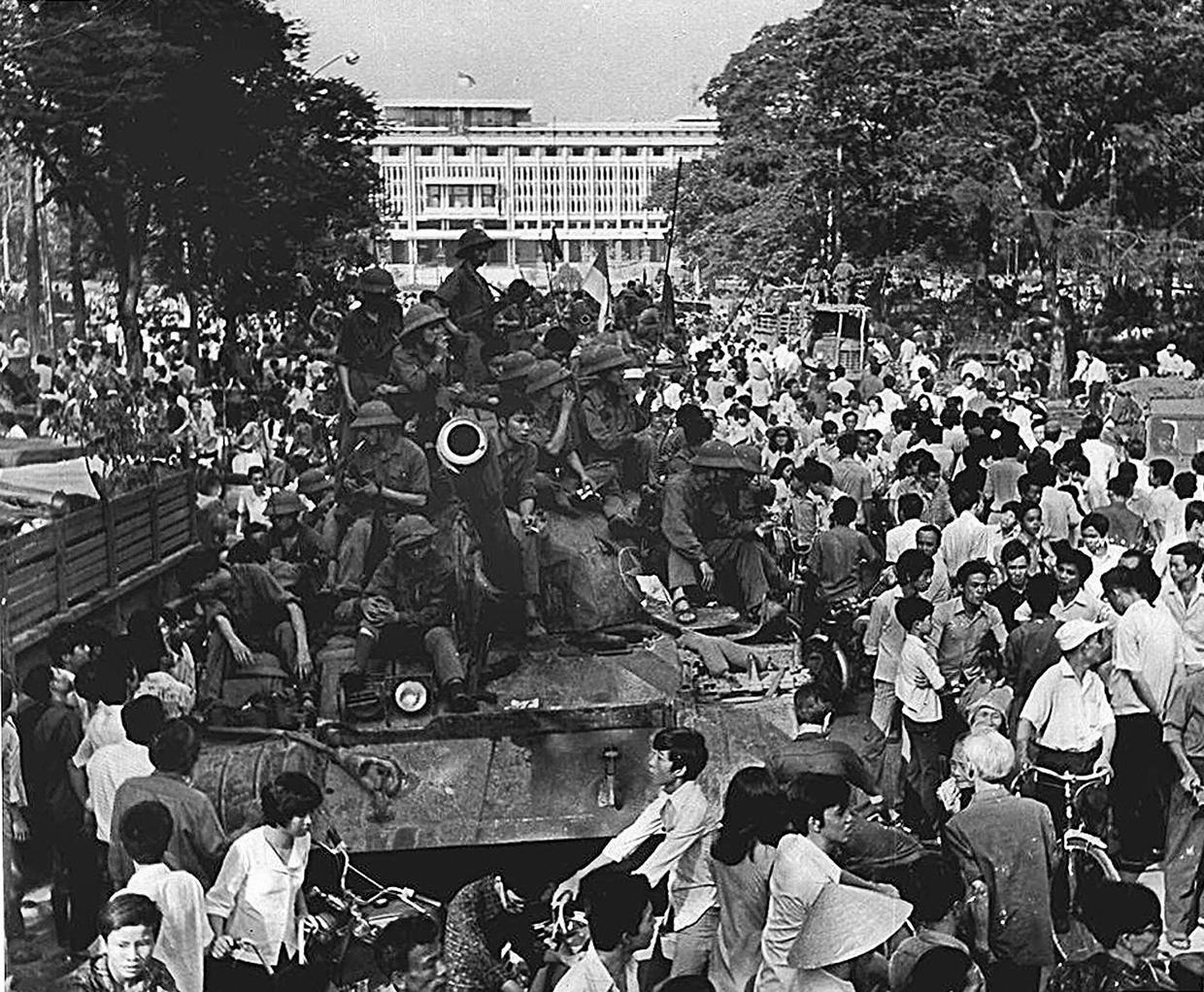
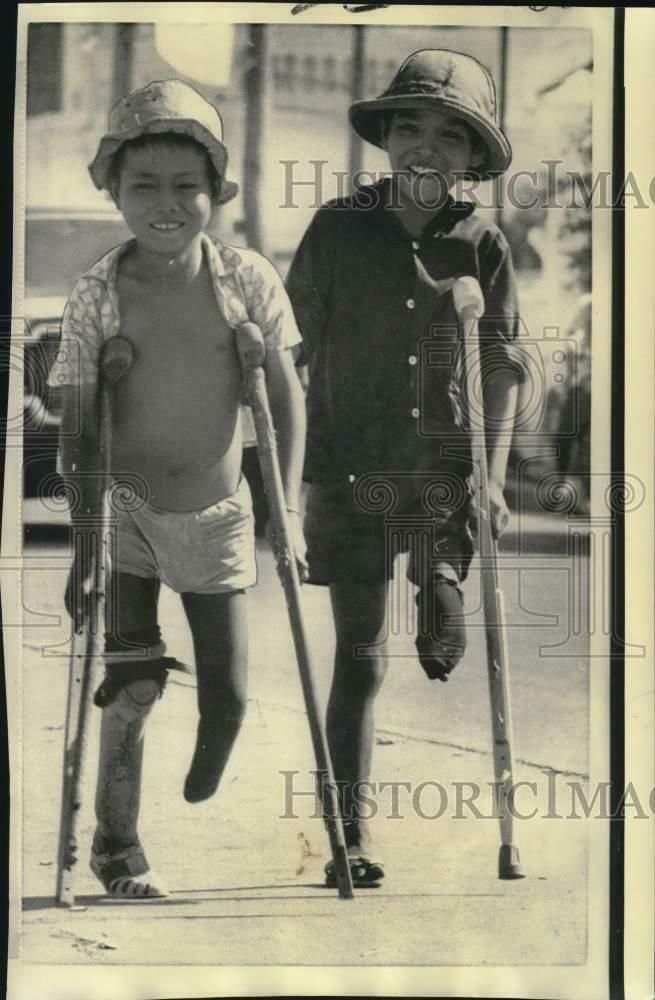



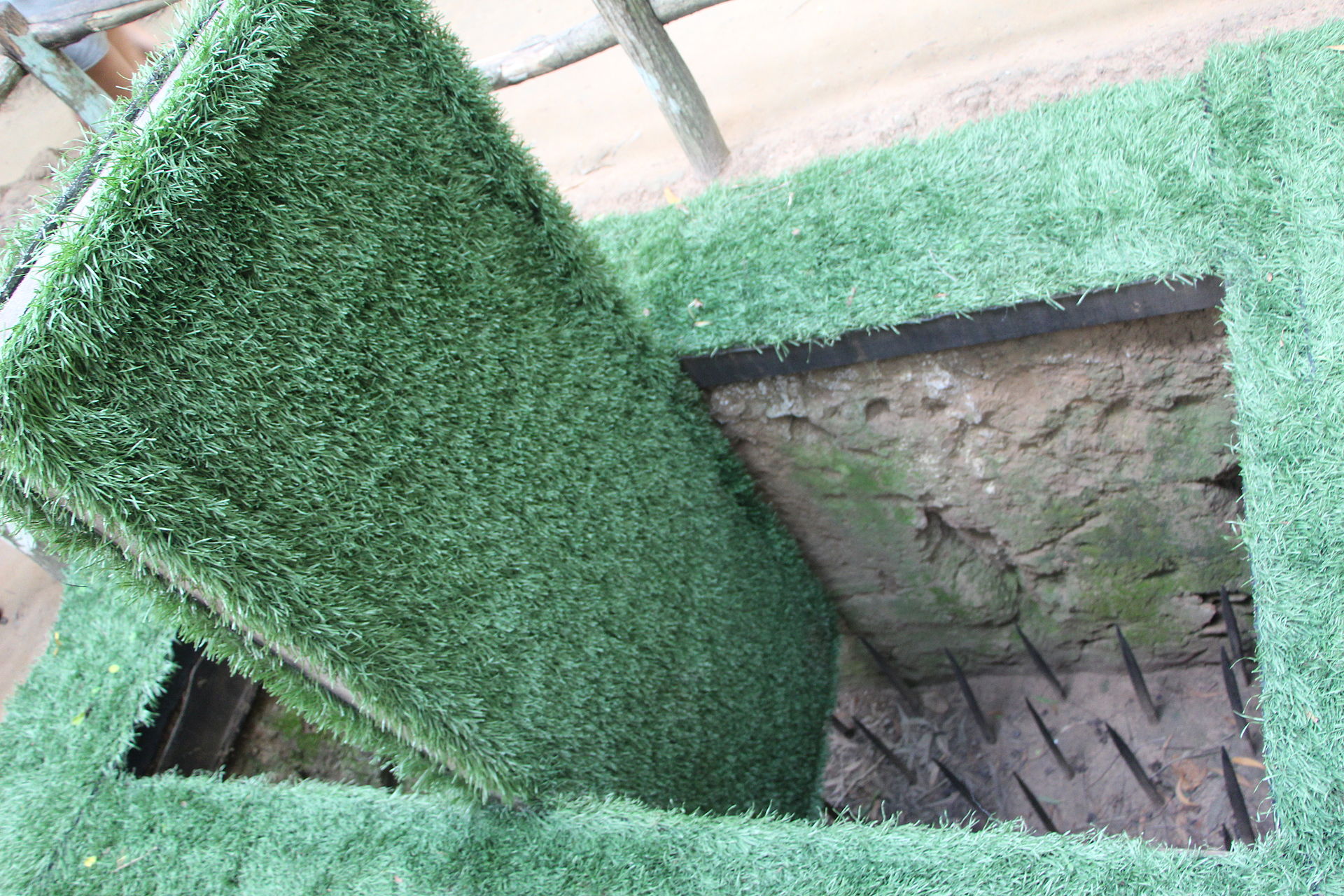
.jpg)

